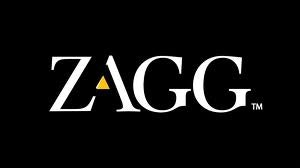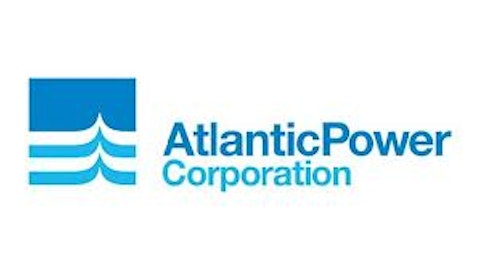Stock options can induce fear in even the savviest of investors. Despite having the potential to mitigate risk and increase returns, the sheer magnitude and complexity of different strategies often force some investors astray. However, certain strategies are less imposing than they seem, and can be implemented into the common investor’s portfolio. Here are three limited-risk approaches you can execute with confidence.
An effective strategy to generate capital gains while decreasing risk, the bull-call strategy consists of two call options differing only by strike price. An investor purchases an in-the-money call while simultaneously selling an out-of-the-money call on the same underlying stock at a higher strike. Compared with a basic call, the bull-call is less expensive because it allows the investor to buy call options at a discount, as the sale of the OTM call offsets part of the premium on your long call. Though this still creates a net-debit spread, the maximum potential loss, which is the net premium paid (long call – short call), is still known from the outset. The bull-call spread, as indicated by its name, calls for a bullish outlook on the underlying as gains are realized when the stock price rises.
Zagg Inc (NASDAQ:ZAGG), known for producing protective covers for consumer electronics and hand-held devices, is an intriguing candidate for this strategy. The company recently displayed strong fourth quarter numbers, including a 30% increase in net income, outperforming Wall Street’s expectations. The company has doubled its revenue in every year since its origin, and is currently undervalued at a price of $7.44. With a trailing P/E of 9.65 and a 5 year PEG of 0.32, call me bullish.
A $7.00 call option on Zagg Inc (NASDAQ:ZAGG) with an expiration of May 13, 2013 is currently selling for $0.93. Additionally, an $8.00 call with the same terms has a premium of $0.40. Let’s say you choose to buy one hundred $7.00 call contracts and sell one hundred $8.00 call contracts. You would assume a net debit of $5,300. Now, since we are bullish on Zagg Inc (NASDAQ:ZAGG), let’s speculate and say the stock price increases to $8.50 at expiration. In this scenario, you, the investor, have a long call with an intrinsic value of $15,000, while your short call has an intrinsic value of 5,000. After deducting the initial net debit, the generated returns amount to $4,700.
Intrinsic value of long call at expiration = (100×100(8.50-7.00))= $15,000
Intrinsic value of short call at expiration (to the buyer) = (100×100(8.50-8.00))= $5,000
Profit = $15,000- ($5,000+ $5,300 (Net Debit)) = $4,700
Long Call Butterfly Spread
This direction-neutral strategy profits from low volatility – more specifically, when the price of the underlying stock remains relatively unchanged at the option expiration date (all options used should have the same expiration). To perform a long call butterfly, the investor purchases one ITM call with a low exercise price as well as an OTM call with a high strike. Additionally, two at-the-money call option contracts must be written by the investor. Similar to the bull-call spread, the price of the bought options outweigh the price of the sold options, creating a net-debit to the investor’s account; the maximum loss that can be incurred from this strategy is the net premium paid. As previously indicated, the profitability of this strategy depends largely on implied volatility. The lower the VIX, the more enticing this strategy becomes. Long calls cheapen, limiting downside, and the probability of the underlying fluctuating decreases. Even when uncertainty is high, the long call butterfly can still be beneficial if used with stable, mature companies experiencing constant growth.






